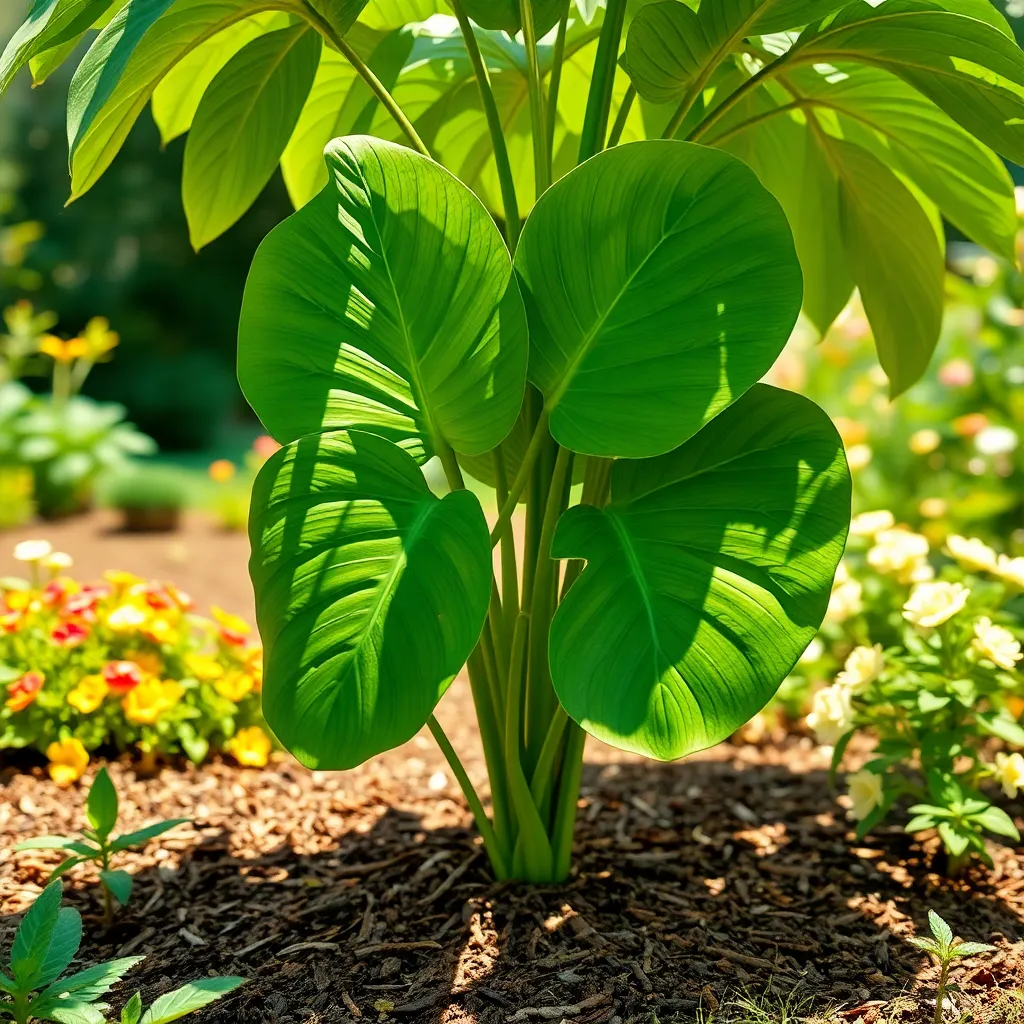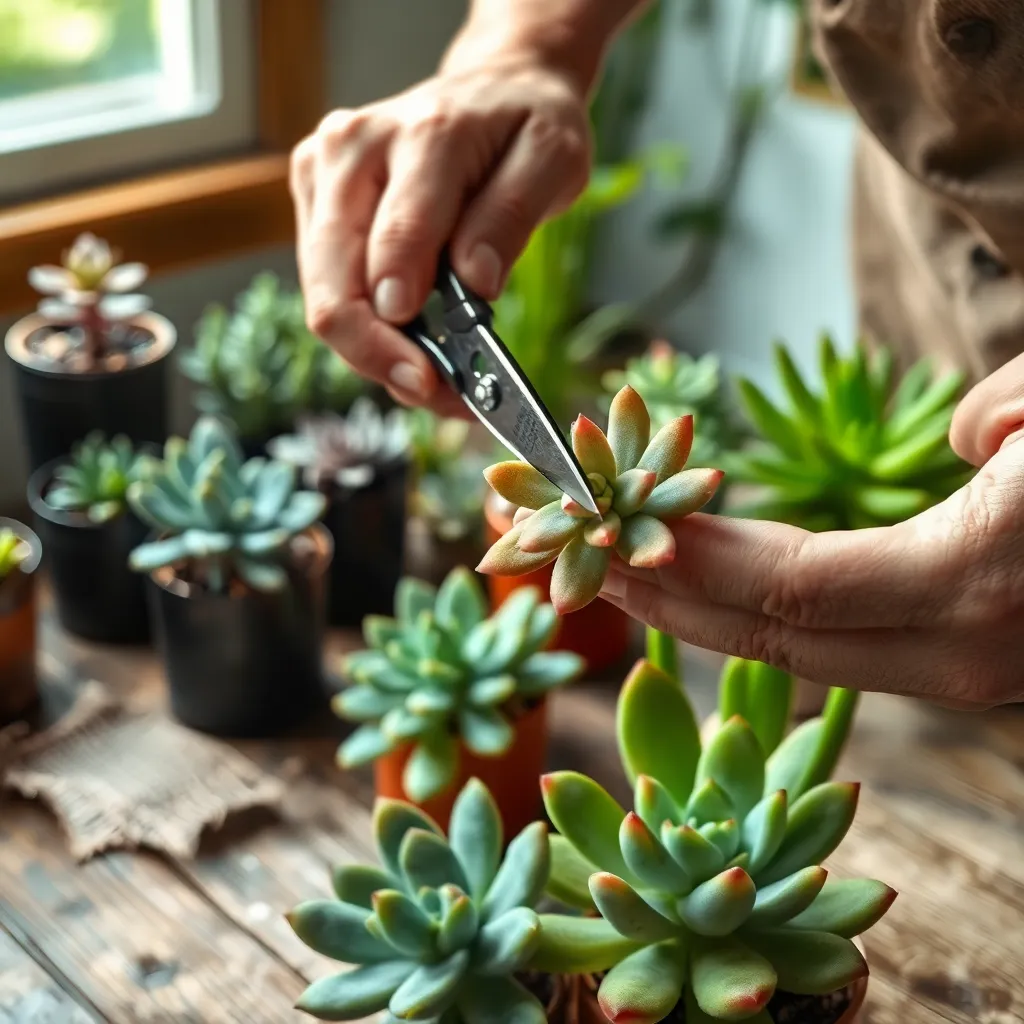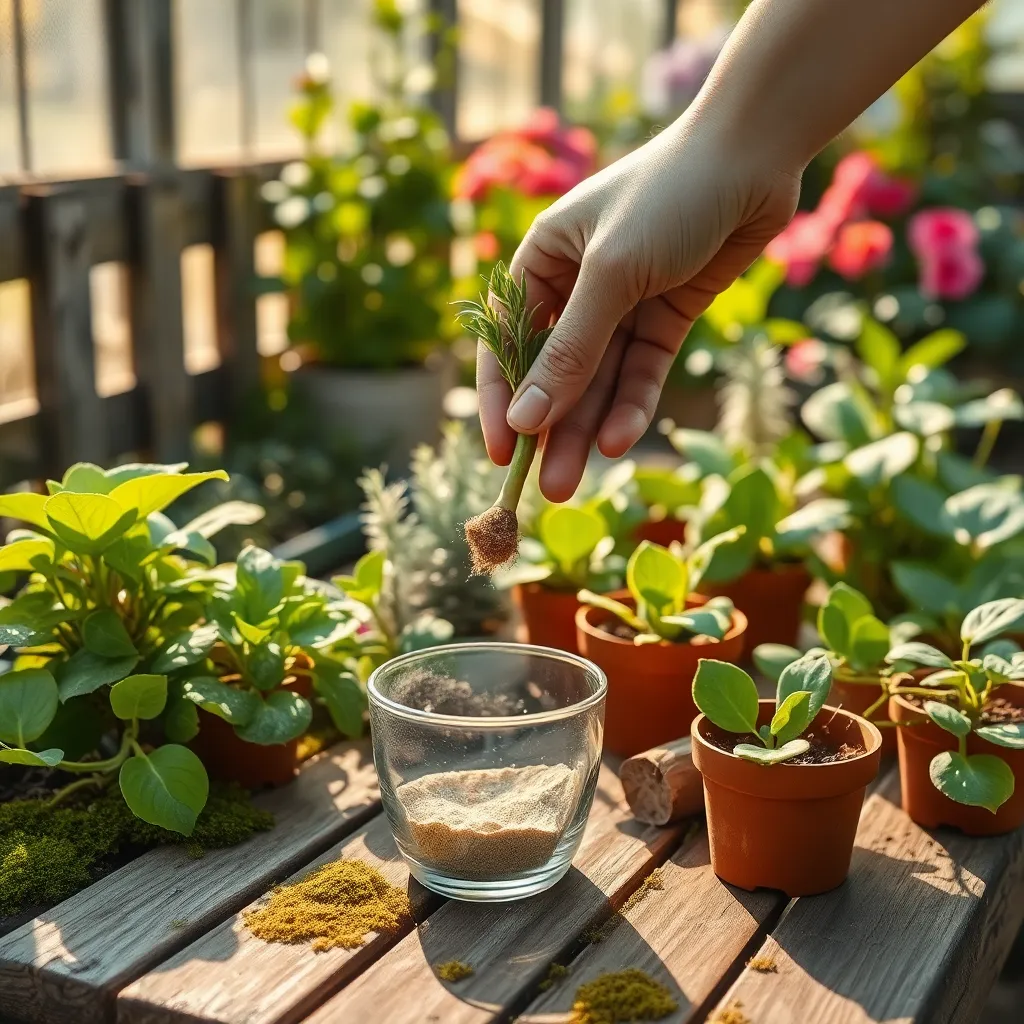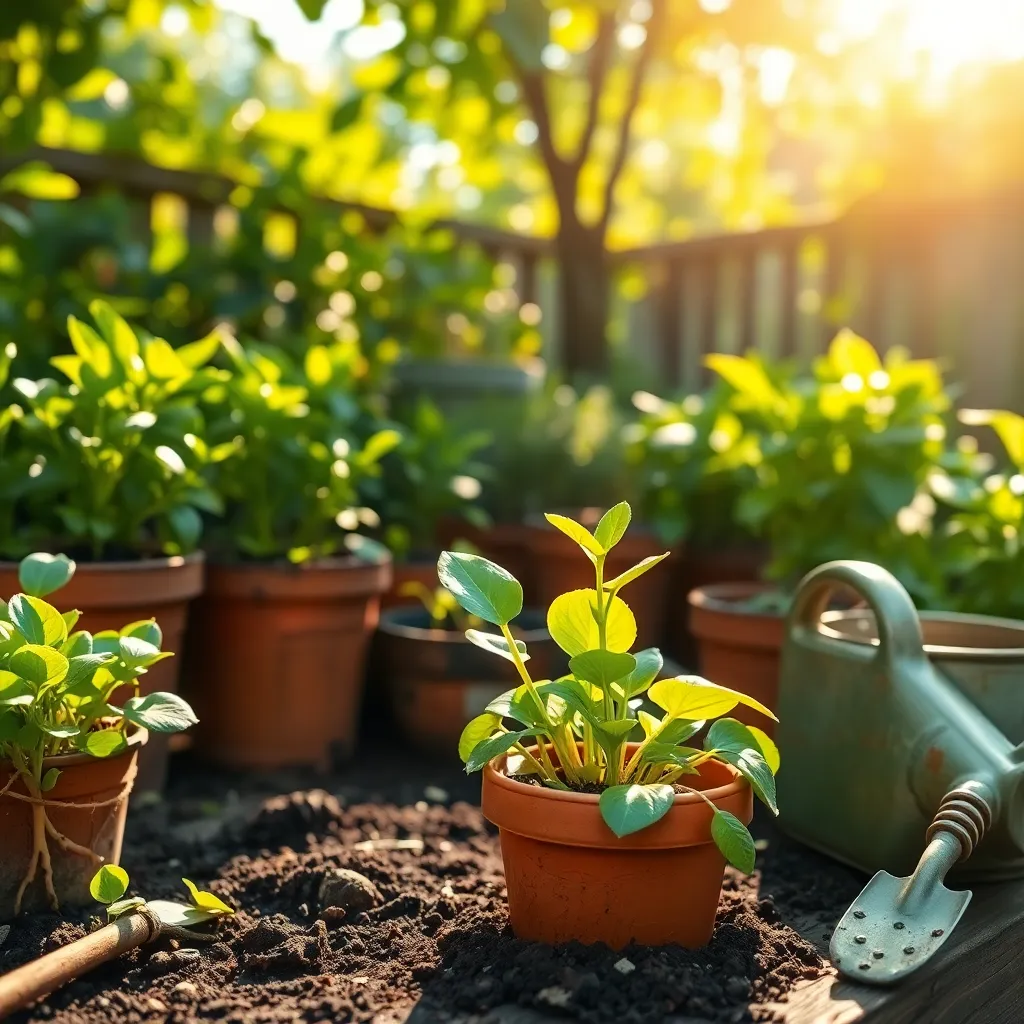Imagine transforming a single plant into a lush garden full of thriving greenery, all from the simple act of taking cuttings. Whether you’re a novice eager to nurture your first plant or a seasoned gardener looking to expand your green kingdom, growing plants from cuttings is an invaluable skill that promises both satisfaction and sustainability. This powerful gardening technique allows you to replicate your favorite plants, conserve heirloom varieties, and even share the joy of gardening with friends and family.
For those just stepping into the world of horticulture, this method is not only economical but also a fascinating way to understand plant biology and growth. Experienced gardeners will find this approach a delightful challenge, offering an opportunity to experiment with new plant species and propagation methods. You’ll learn the essentials of selecting the right cuttings, the best mediums for rooting, and how to care for your new plants as they embark on their growth journey.
Throughout this article, you’ll discover practical, step-by-step guidance tailored to ensure your success, regardless of your level of experience. We’ll cover everything from the tools you’ll need to the subtle art of timing your cuttings for optimal results. As you gain confidence and knowledge, you’ll find that propagating plants from cuttings is not just a gardening skill—it’s a gateway to a more sustainable and rewarding gardening practice.
Select Healthy Parent Plant

When selecting a parent plant for cuttings, it is crucial to choose one that is healthy and free from diseases. A strong plant will ensure that your cuttings have the best chance of thriving, so look for one with vibrant leaves and a robust structure.
Inspect the parent plant for any signs of stress or pest infestation, as these can transfer to your cuttings. Avoid plants with yellowing leaves, wilting stems, or visible insects, as these could hinder the growth of your new plants.
For beginners, starting with hardy plants like pothos or succulents can be more forgiving and increase success rates. These plants often root easily in water or soil, making them ideal for your first propagation attempts.
Experienced gardeners may want to experiment with more challenging plants, such as roses or hydrangeas, which require specific conditions to root successfully. Ensure you have the right tools, such as sharp pruning shears and rooting hormone, to improve your chances of success with these more delicate cuttings.
- Use well-draining soil to prevent rot and ensure strong root development.
- Water cuttings sparingly until roots establish, as overwatering is a common mistake.
- Provide indirect light to prevent stress and encourage steady growth.
Patience and observation are key in growing plants from cuttings, so monitor your new plants closely. With time and care, you’ll develop the skills needed to propagate a thriving garden from healthy parent plants.
Cut Stem at an Angle

When taking cuttings from your chosen healthy plant, it is essential to cut the stem at an angle. This increases the surface area for water and nutrient absorption, promoting healthier root development.
Using a sharp, clean knife or pruning shears, make a clean cut at a 45-degree angle just below a node. This not only enhances the cutting’s chances of rooting successfully but also reduces the risk of infection and disease.
For beginners, it’s crucial to ensure your tools are sterilized before making cuts. You can do this by wiping them with rubbing alcohol or a mixture of one part bleach to nine parts water.
Advanced gardeners might consider using rooting hormones to further increase the success rate of their cuttings. Dip the cut end of the stem into the rooting powder or gel before placing it in the growth medium.
After cutting, place the stem in well-draining soil or a soilless mix, such as perlite or vermiculite, to encourage root growth. Water the medium lightly, ensuring it remains moist but not waterlogged, mimicking the plant’s natural environment.
Consistency in care is key; regularly check for roots by gently tugging at the cutting after a few weeks. Once you notice resistance, it’s a sign that roots have begun to establish, and you can gradually introduce the cutting to its permanent environment.
Dip in Rooting Hormone

Using rooting hormone can significantly increase the success rate of your plant cuttings. It encourages quicker and more robust root development, helping your new plants establish themselves efficiently.
To start, dip the cut end of your stem into water to ensure the hormone adheres properly. Then, gently roll the moistened stem into the rooting hormone powder, ensuring it coats evenly without clumps.
Rooting hormones are particularly beneficial for woody plants like roses or hydrangeas, which can be more challenging to propagate. For these, consider using a hormone formulated specifically for hardwood cuttings to maximize your success.
After applying the hormone, plant the cutting in a well-draining potting mix, such as a combination of perlite and peat moss. This mix provides the right balance of moisture retention and aeration, essential for root health.
Plant in Moist Potting Mix

After dipping your cuttings in rooting hormone, the next step is to plant them in a moist potting mix. It is important to use a potting mix that retains moisture but still provides good drainage, such as a blend of peat moss, perlite, and vermiculite.
Start by filling a small pot with potting mix, leaving about an inch of space at the top. Gently make a hole in the center using your finger or a pencil, which will help avoid damaging the delicate cut end of the cutting.
Insert the cutting into the hole, ensuring that at least one or two nodes are buried beneath the surface. Firm the soil gently around the cutting to eliminate air pockets and provide support.
Water the potting mix thoroughly until it is evenly moist, but be careful not to overwater, as this can lead to rot. It’s crucial to maintain consistent moisture by checking the soil every few days and watering lightly as needed.
For more advanced care, consider covering the pot with a plastic bag or placing it in a propagator to create a humid environment. This helps retain moisture and encourages rooting, particularly in dry climates or indoor settings.
Monitor Growth and Transplant

Once your cuttings are nestled in moist potting mix, it’s crucial to monitor their growth closely. Check the cuttings regularly for signs of new growth, which is a positive indicator that roots are developing well.
Ensure that the potting mix remains consistently moist, but not waterlogged, to encourage root development. You can do this by gently watering the soil when the top inch feels dry to the touch.
To promote robust growth, provide your cuttings with plenty of indirect light. Direct sunlight can be too harsh at this stage, potentially causing stress to the young plants.
Once your cuttings have established a healthy root system, it’s time to consider transplanting them. This usually occurs when you notice significant leaf growth and the roots begin to outgrow their current space.
Prepare a well-draining potting mix, ideally one that’s rich in organic matter, to support the plant’s next growth phase. Carefully remove the plant from its container, ensuring you don’t damage the delicate roots.
Plant the rooted cutting in its new home and water it thoroughly to help it settle. Maintain regular monitoring, providing water and nutrients as needed to encourage strong, healthy development.
Conclusion: Growing Success with These Plants
In nurturing relationships, much like growing plants from cuttings, patience, attention, and care are essential. This article explored five key concepts to strengthen your relational bonds: understanding the importance of communication, setting healthy boundaries, nurturing emotional intimacy, being adaptable to change, and practicing gratitude. Each of these elements acts as a nurturing tool, akin to the water, sunlight, and soil needed to help cuttings flourish into thriving plants.
To put these concepts into action, begin today by initiating an open-hearted conversation with someone you value, focusing on active listening and expressing gratitude. This small step can sow seeds of deeper connection and understanding.
Remember, relationships, like gardens, need consistent care and attention to grow and thrive. Bookmark this article to keep these insights at your fingertips and revisit them as you cultivate your relational landscape. With these tools, you’re not just preserving relationships; you’re setting the foundation for enduring, flourishing connections. As you apply these principles, envision the vibrant growth and harmony that await your relationships in the future. Your journey to relational success begins now—embrace it and nurture it.

